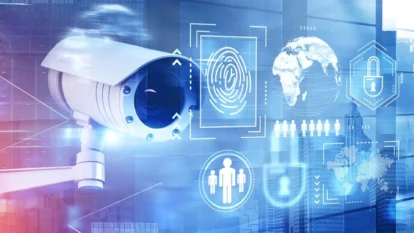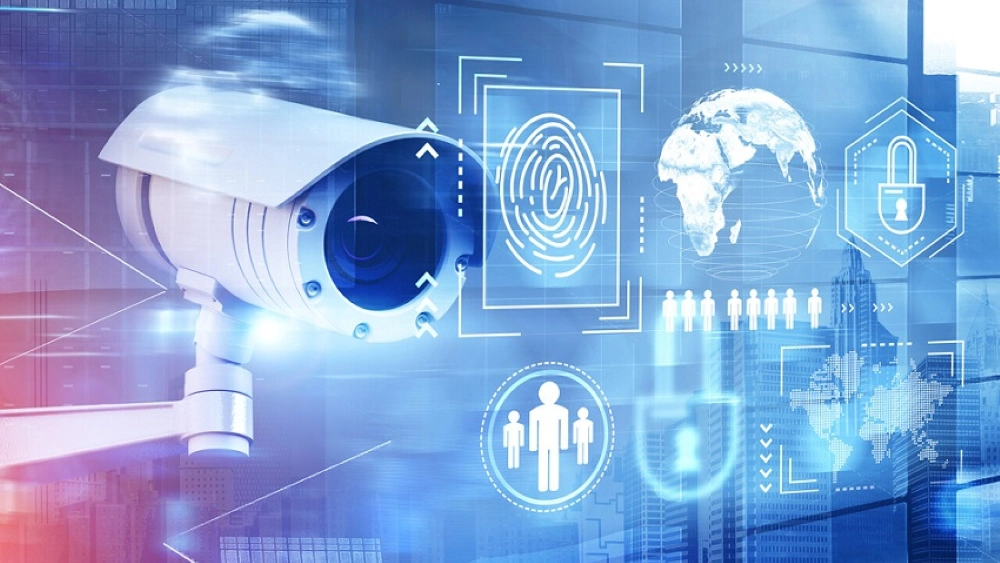



Unlocking the operational value of CCTV integration
By Chubb | 5th April 2022




By Chubb | 5th April 2022
The use of CCTV surveillance in business is proliferating. According to a recent report assessing the growth and trends in video surveillance, the market was valued at £40 billion in 2020 but is expected to reach in excess of £68 billion by 2026. This growth is largely due to the increasing need for physical security and the greater adoption of cloud-based services for centralising data. Today, a key consideration for businesses running CCTV systems is the increasing potential of unlocking additional operational value by integrating video surveillance with other building management systems already on the network. In this blog, Jason Hillier, Sales Director for Frontline Security Solutions, a Chubb company, shares his expertise on CCTV integration.
Technology at the edge
In the last 5 years, video technology has moved on in leaps and bounds. Beyond just capturing an image, we’ve seen a lot more investment in what you can do with a camera. Manufacturers are starting to put more technology into the camera itself – it’s what we call ‘technology at the edge’, by making the cameras more intelligent to perform more tasks itself rather than relying on lots of large servers and software. In particular, data centres and the pharmaceutical industry have specific requirements for CCTV security, where they use their system for much more than monitoring people entering a door. Here they will start at the edge of their building, or the perimeter, and work their way back, which means you need to employ more technology in those cameras to give them the best detection they can get. Similar to your mobile phone, now cameras are also getting more powerful chips, so you can put an APP on a camera – instead of using expensive servers, and you can measure a variety of outcomes, for example, people walking to the left or people crossing a line where you don’t want them to go. So instead of using the control hardware you can control all of this within the camera. This illustrates how we’re seeing more investment in the camera and what it can do.
CCTV for Covid safety
At the beginning of the pandemic, there was a big push on cameras sensing heat to identify workers with a high temperature, and therefore, potential risk. It was an interesting concept, and lots of businesses wanted it. In reality though, these businesses found that not many people would come into the office with a temperature – they would already be feeling ill and staying at home. So, this didn’t really get off the ground. However, the pandemic did successfully stimulate increased demand for the addition of facial recognition video analytics with premises’ CCTV cameras. This enabled contactless access control as building owners could reduce high usage touchpoints, such as access control card pads, which pose a risk of Covid-19 transmission. Nationwide research commissioned by a fellow security technology integrator last year, revealed that 52% of businesses were exploring use of cameras to identify and automatically provide access to employees and pre-registered visitors.
The possibilities and benefits of CCTV integration
As a leading integrator of security systems, we’re seeing firms actively exploring tighter integration of CCTV systems with access control and intruder alarm systems. Take an access control system, for example. In its simplest terms, as you enter a door, you badge the reader and nine times out of 10 on a perimeter door, you would have a camera on the inside so you can see everyone coming through. Here businesses are looking to attribute the video with an access control event, so you can right-click on the event and bring up the video straight away, allowing instant verification. The security manager would have two screens in front of them; on one screen would be the access control event with the card holder’s details, and on the other screen would be the person coming through the door. This is particularly popular in the banking and financial services sector, as it allows a business to verify that the right person is carrying the right card and entering the building at the right time. A key benefit of integrating CCTV with access control is that it generates one cohesive report. So instead of your access control system reporting ‘Mr. Smith entered the building at 11am’ and then searching on your CCTV for the specific piece of film to verify this, linking the two systems removes the need for cross-referencing. The security manager will simply receive one report and be able to right click to see Mr. Smith entering the building. Time is the most precious resource -so any activity that saves security managers the hassle of checking through reels of film to locate an event makes it easier to justify the benefit of integrating CCTV with an access control system. You can also link CCTV to intruder alarm systems. Here it’s more about verification. Connecting CCTV to an intruder system at key locations or in high-security areas allows you to visually verify that someone is trying to access your building or has gained unauthorised access. With Infrared Cameras (IR), it’s possible to take this a stage further, as they also pick up on heat. The worst thing for cameras is light – if it’s too light or too dark, the quality of a recording can be compromised. The best pictures tend to be on a cloudy day as you get a very even spread of light. Using a camera that can see heat means you don’t have to rely on just the quality of the video footage alone. This is particularly beneficial for dark areas, for example, a perimeter where cameras may be obscured by woodland. When considering tighter integration, businesses should think about which operational requirement need sit. In many cases, businesses will be looking to improve operational efficiency. This is where CCTV integration excels. Rather than a security manager using multiple systems for verifying an event and matching one event to another, an integrated system can be isolated in less than 30 seconds. This leads to ease of use –instead of having several tasks to coordinate, with an integrated system, this can reduce to just one or two, which ultimately means a security manager can provide and retrieve information much more quickly and securely. Of course, there is an upfront cost for CCTV integration, depending on the building management system you are integrating it with. But when you compare this one-off cost to the amount of time a security manager can waste, regularly trawling through hours of camera footage, there is huge potential for long term cost savings.